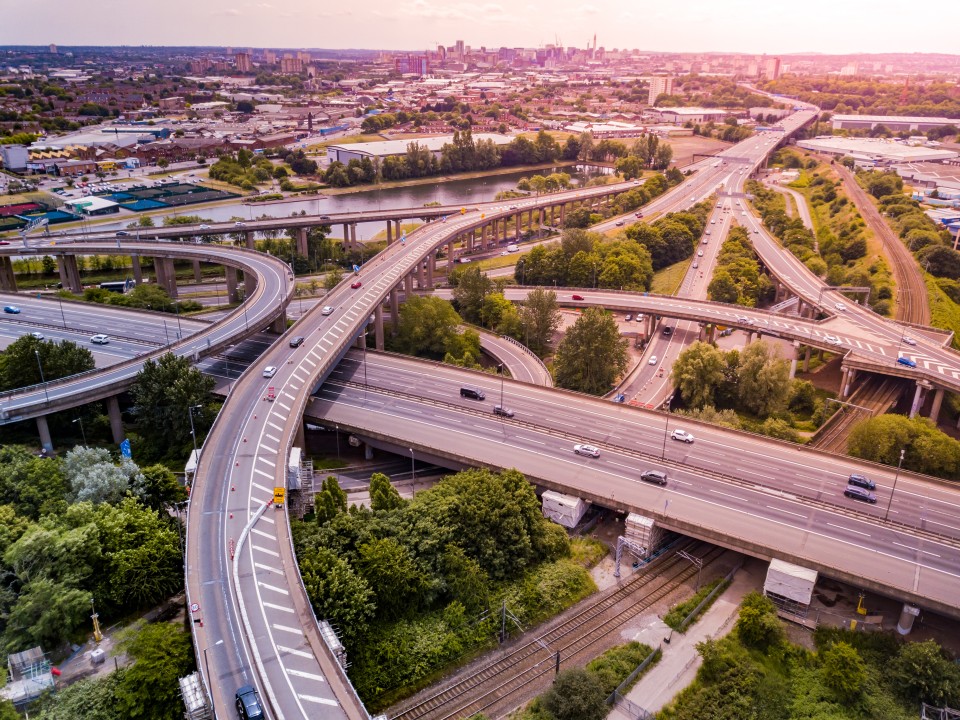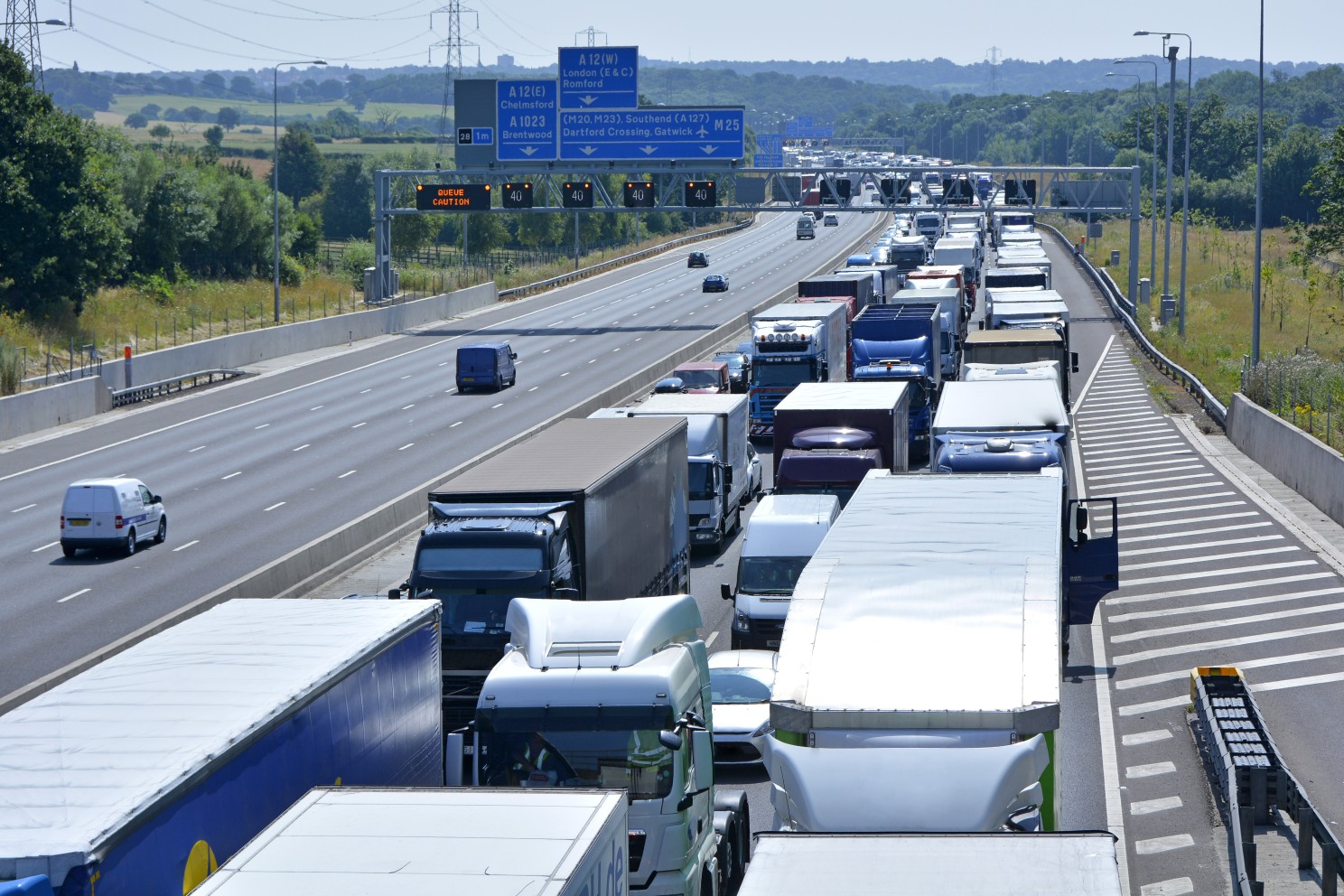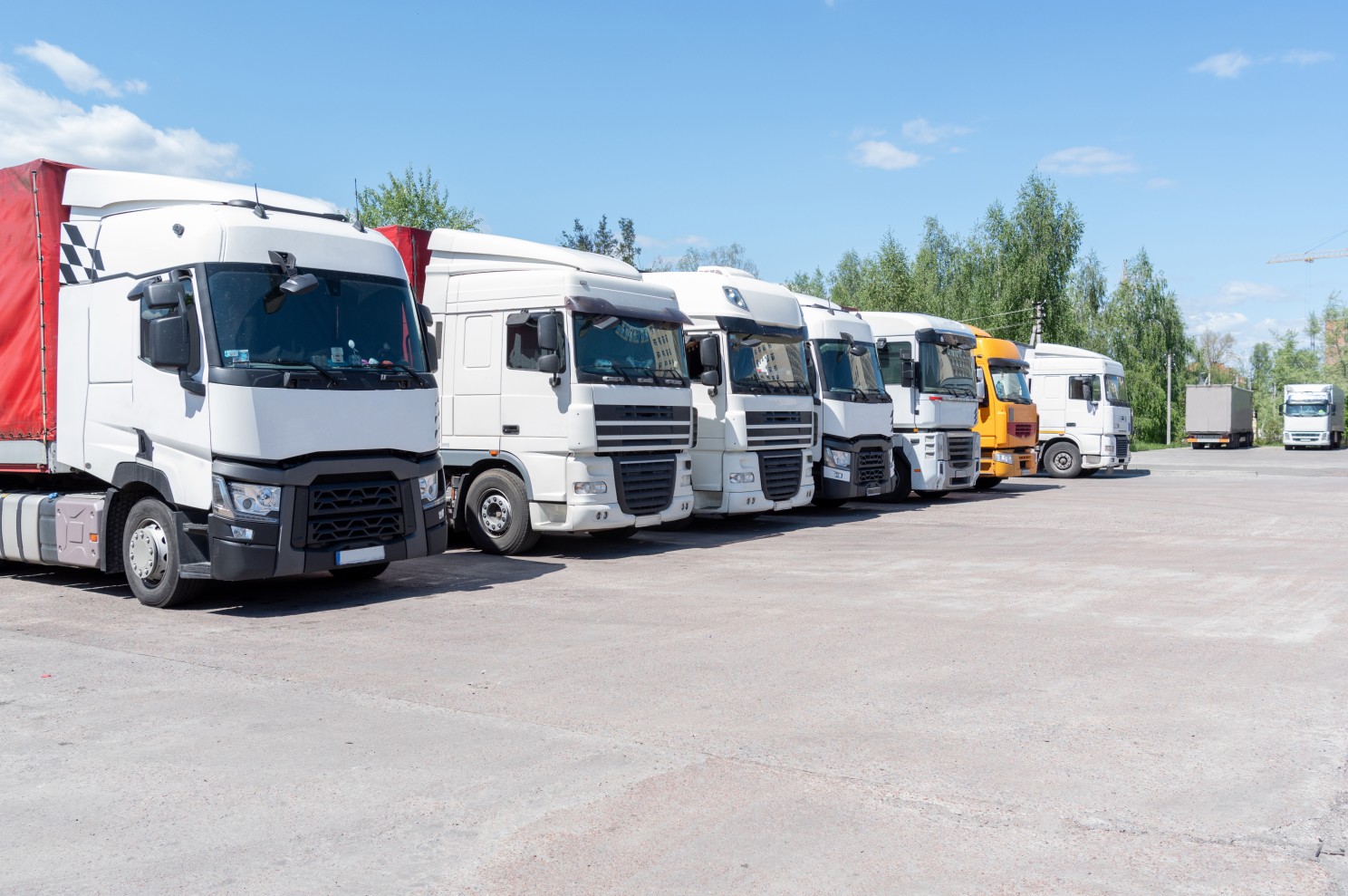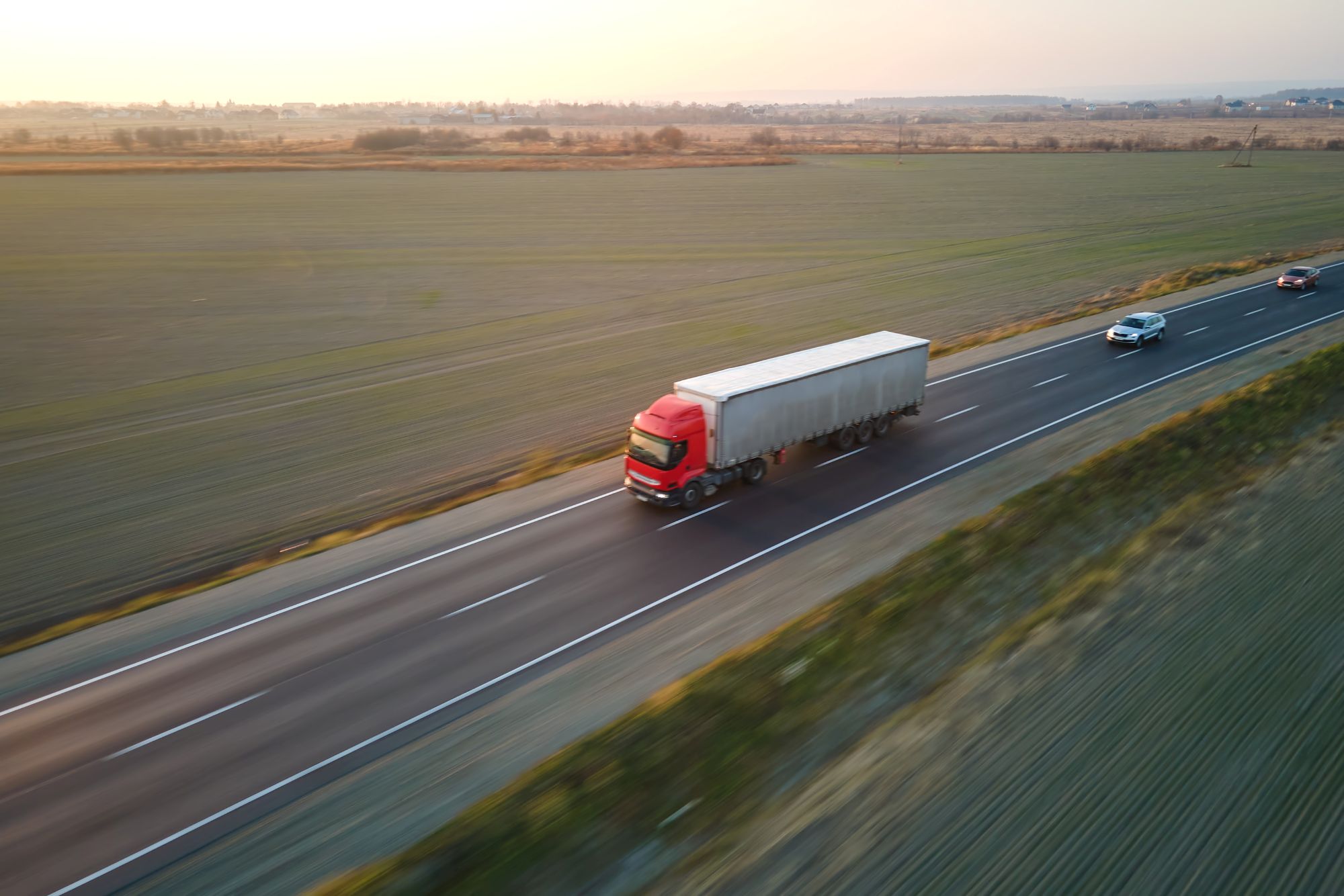
Susie Jones
Rede Norte: Em que medida beneficiará os camionistas?
Criado: 12/08/2024
•
Atualizado: 12/08/2024
No início de outubro, o Governo anunciou o seu plano para eliminar o HS2 e redirecionar o financiamento para melhorar as infra-estruturas de transportes do país - um projeto conhecido como Network North. O projeto disponibilizará 36 mil milhões de libras para melhorar as principais estradas que se tornaram um pomo de discórdia para os condutores. O anúncio surpreendeu muitos, mas o que significa para os condutores de camiões que atravessam incessantemente estas estradas?
Regimes de melhoramento de estradas existentes
O Governo aumentará o financiamento da maioria dos projectos existentes de grandes redes rodoviárias e de grandes estradas locais. Estes projectos passarão de uma contribuição de 85% para 100% para garantir a sua realização. Uma lista dos [projectos de melhoria de estradas] (https://www.gov.uk/government/publications/network-north) está disponível em [gov.co.uk] (http://gov.co.uk/). O financiamento adicional para estes projectos melhorará a eficiência das estradas em todo o país.
Sistemas de redes rodoviárias estratégicas
O esquema de rede rodoviária estratégica tem como objetivo reduzir o congestionamento e garantir viagens mais suaves para aqueles que utilizam as estradas com frequência. Um avanço bem-vindo para os condutores de camiões, onde ficar parado no trânsito se tornou a norma.

O Norte
Entroncamento 15 da M6 - Sendo um dos troços de estrada mais movimentados do Reino Unido e utilizado por mais de 127 000 veículos por dia, há muito que sofre de congestionamento intenso e tempos de viagem imprevisíveis. As curvas apertadas da estrada de acesso têm-se revelado um desafio para os condutores de camiões, provocando capotamentos e maiores atrasos no trânsito. As alterações prometidas deverão reduzir o congestionamento e melhorar a segurança do cruzamento.
Dois projectos do Quadrante Noroeste de Manchester - A M60 recebe 180.00 viagens diárias de trabalhadores pendulares e condutores de longa distância. Os projectos da Northwest Quadrant terão como objetivo contornar as J12-J18 e remodelar as junções 12, 13 e 14. Outras adições, como uma estrada de ligação à A57 e melhorias de capacidade nos nós nove, dez, dezassete e dezoito, melhorarão o congestionamento e os tempos de viagem.
A1 entre Morpeth e Ellingham - O troço de 12,8 milhas tem sido afetado por atrasos no desenvolvimento desde a sua proposta. No entanto, o projeto Network North tem como objetivo iniciar o desenvolvimento através do alargamento do troço da estrada, melhorando o tempo de viagem, a segurança e a resiliência.
Midlands
Pontos de congestionamento da A5 entre Hinckley e Tamworth - Embora ainda não tenham sido divulgados mais pormenores, foi sugerido que a redução do congestionamento será um elemento importante dos seus planos.
Melhorias no corredor A50/A500 entre Stoke e Derby - Com velocidades médias na hora de ponta inferiores a 20 mph, este itinerário tem-se revelado lento e pouco fiável para os condutores de camiões e para os trabalhadores pendulares. O projeto da Network North é suscetível de
Gerar 17.760 novos empregos até 2061
Ver um aumento da população de 21.538 na área até 2061
Ver um aumento de [12,04 mil milhões de libras] (https://www.midlandsconnect.uk/projects/roads/a50a500-corridor/) no VAB (valor acrescentado bruto) nos próximos 60 anos.
Sudeste
- A2 Brenley Corner - Conhecido como o cruzamento mais congestionado de Kent, a Network North promete investir nesta área - uma notícia fantástica para os camionistas que viajam para Dover. Ainda não foram divulgados mais pormenores sobre os planos de desenvolvimento. No entanto, os planos para melhorar Brenley Corner têm sido discutidos desde 2021.
Escócia
- Melhorias na A75 entre Gretna e Stranraer - A A57 necessita urgentemente de ser duplicada, uma vez que, atualmente, os condutores de camiões estão limitados a um limite de velocidade de 40 mph, o que provoca atrasos e grandes demoras. Sendo uma ligação de ferry crucial entre a Irlanda do Norte e a Grã-Bretanha, os condutores de camiões que utilizam esta ligação beneficiarão muito com o projeto.

Uma infraestrutura rodoviária melhorada aliviará o congestionamento, poupando aos camionistas tempo valioso e despesas de combustível - contribuindo para tempos de entrega mais rápidos. O projeto Network North visa melhorar a vida dos condutores de camiões e de outros utentes da estrada, aumentando a segurança e a eficiência.
Quantas pessoas passam no exame de HGV na primeira vez?
De acordo com um relatório da Statista, de 2007-2021, a taxa média de aprovação para um teste prático de HGV foi de cerca de 50%. Dados de [gov.co.uk] (http://gov.co.uk/) mostram que em 2022-2023, 75,9% dos homens no Reino Unido passaram no teste LGV em comparação com 75,9% das mulheres que passaram.
A condução de camiões é stressante?
Como em qualquer profissão, alguns aspectos são stressantes. As longas horas longe dos entes queridos podem causar solidão e isolamento em muitos condutores. Além disso, a condução de camiões é, por vezes, um trabalho de alta pressão, com prazos de entrega apertados e condições meteorológicas imprevisíveis.



